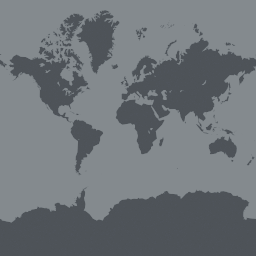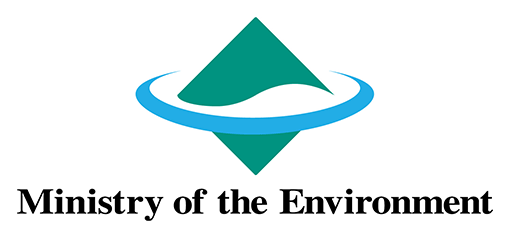The Philippines is marked both as a ‘megadiversity country’ and a ‘global biodiversity conservation hotspot’ – a status it shares only with Madagascar, owing to its immensely rich and compellingly unique diversity threatened with extinction, with the invasion of alien species as one of the main culprits.
Led by HerpWatch Pilipinas, Inc. (HWP) and in partnership with the Biodiversity Management Bureau of the Philippine Department of Environment and Natural Resources (BMB-DENR) and the Biodiversity, Ecology, Systematics and Taxonomy Group, University of Santo Tomas (BEST-UST), the main goal of the project is to fill taxonomic, geographical, and historical gaps in species occurrence and sampling-event data, focused on the alien amphibians and reptiles in the Philippines. Ultimately, using invasive reptiles and amphibians as a pilot study, the project will develop an online national platform for the long-term observation and monitoring of alien species invasions and trends.
This Project will produce the much needed science-based information that can help guide the development and implementation of sound national biosecurity programmes for amphibian and reptile invasions, provide a reproducible framework for similar initiatives targeting other groups of alien taxa in the Philippines and other countries, and contribute to the Philippines’ international commitments to the United Nations’ Sustainable Development Goals and the International Convention on Biological Diversity’s Aichi Biodiversity Targets.
Project Progress
Beginning with a kick-off meeting with project partners in May 2018, an action plan for the methods and schedule of activities was established. Since then, the project has held formal communications and meetings with heads of natural history collections and institutions to secure access to collections and form mutual agreements on data sharing and publishing. Agreements to carry out data mining activities have been approved and the project team have invited biodiversity data holders to a training workshop to be held in 2019. Efforts to mine, catalogue and digitize species occurrence data of alien amphibian and reptile species from scientific literature have helped to create datasets that will be reviewed, quality checked and published via GBIF and with HerpWatch Pilipinas as a registered data publisher. Over 500 species occurrence records from above 60 academic journal articles and anecdotes from researchers have been obtained and will be digitized. Similarly, herpetological data has been collected and catalogued and digitized ready for publication from collections held by stakeholder institutions. Results from the mining of data in scientific literature and the collection from the Philippine National Museum of Natural History were presented by the project team at the Philippine Biodiversity Symposium in October 2018.
Aside from data on alien species which have already been collected, hepetofaunal field surveys were undertaken by researchers at four sites in Palawan Province. Held over 20 days, the surveys produced 20 sample event entries and more than 100 occurrence data. Field reports and data papers will now be prepared a submitted in a peer-reviewed journal alongside the data being published using the GBIF platform. A short workshop on biodiversity informatics was organized as a side event to the Biodiversity Symposium and was attended by students and professionals from academic institutions. Further training workshops are planned to be held in February 2019 to target environmental managers, academics and biodiversity data holders to encourage citizen science amongst stakeholders and the highlight the outcomes of the project to a wider audience in the Philippines and beyond.
The project ended with about 80% of the activities completed with the rest being partially completed and expected to be finished post-project. The major outputs of the project, the occurrence and sampling-event data, an orgianl article, and information campaigns, are completed. In addition to filling taxonomic, geographical, and historical gaps on alien amphibian and reptile invasions in the Philippines, the project produced and will continue to produce the science-based information that is needed. To do this the project has assembled historical and geographical data from literature and natural history collection, generated species occurrence and sampling-event data by conducting targeted herpetofaunal surveys in two key conservation areas, and in addition, the project has made information campagins and training workshops targeting key stakeholders. The project has also worked on reconstructing invasion histories and developing 'Pest Risk Maps' and developing an oberservation and monitoring system named 'DAYO'.
The DAYO website and application will be presented in the Philippines Biodiversity Symposium in October 2019.



